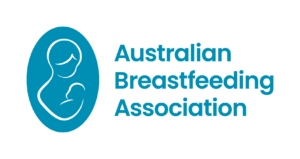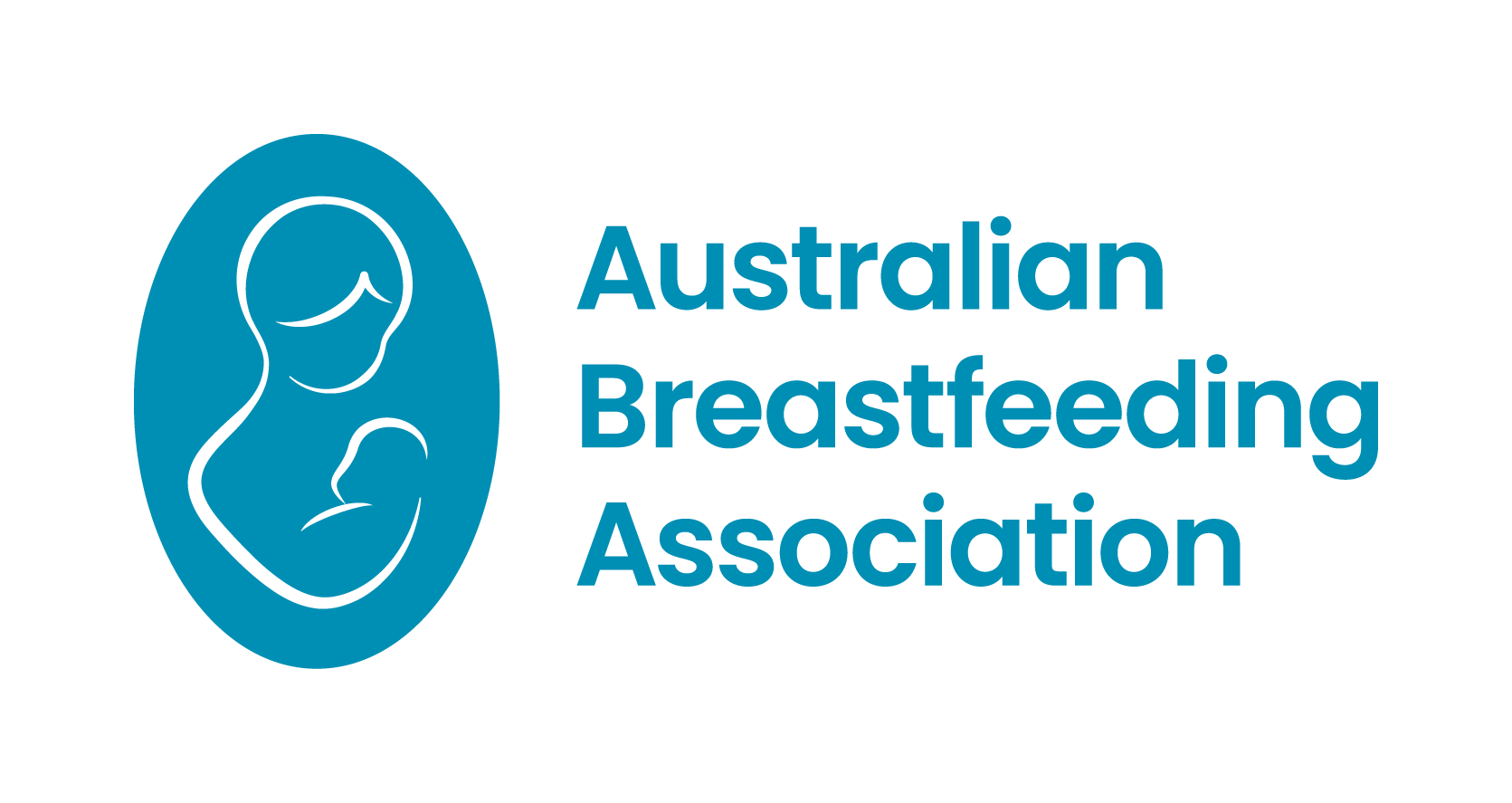ABA Professionals Featured Articles
Neonatal Jaundice and Breastfeeding
By Dr Anita Bearzatto MBBS(Hons), FRACGP, IBCLC Jaundice is [...]
SARS-CoV-2, COVID-19 infection, breastfeeding, breastmilk and mother-baby separation
By Dr Susan Tawia, BSc PhD Dip Breastfeeding Mngt [...]
Expanding information and care practices for women experiencing lactation after infant death
In recent years, stillbirth and infant death have gained increased attention in the media, and from policy makers, researchers and practitioners. Significantly, however, a mother’s lactation and milk donation options after stillbirth or infant death remain hidden.
Skin-to-Skin Contact/Kangaroo Care
Skin-to-Skin Contact (SSC) is when a naked baby is placed prone on the bare chest of their mother/father/partner/significant other. A blanket is then placed over the back of the baby, so that they remain warm.
Immunology and breastmilk
This article is a summary of the immunological properties of breastmilk with a focus on a select number of bioactive components.
Assessing adequate milk intake in term newborns
This article discusses the evidence around expected weight loss in the early days after birth and strategies to assess the intake of a full-term breastfed baby without the use of scales.







